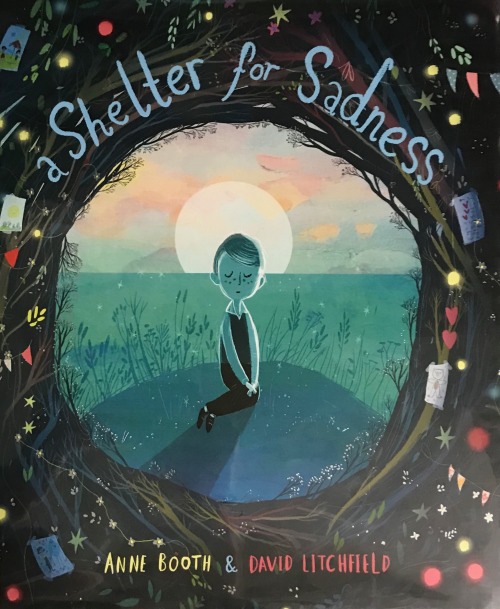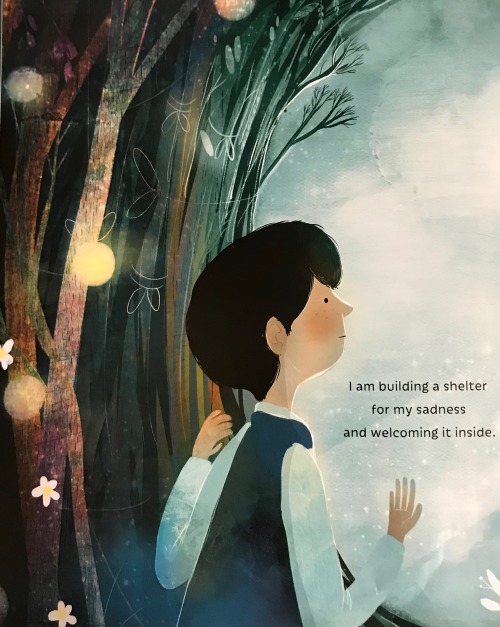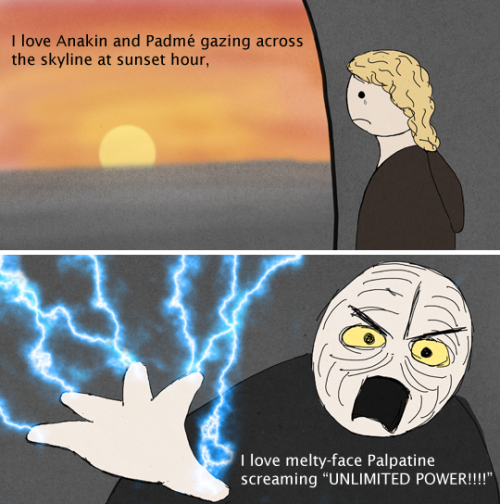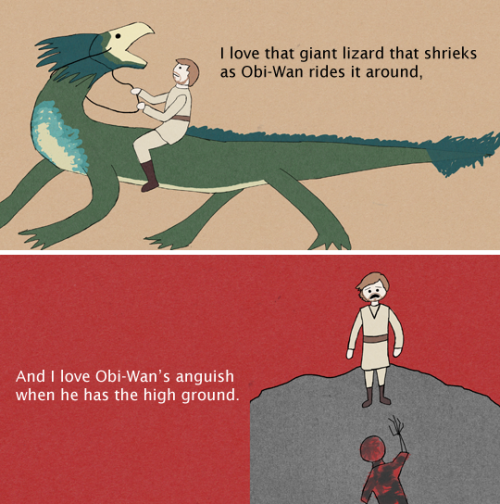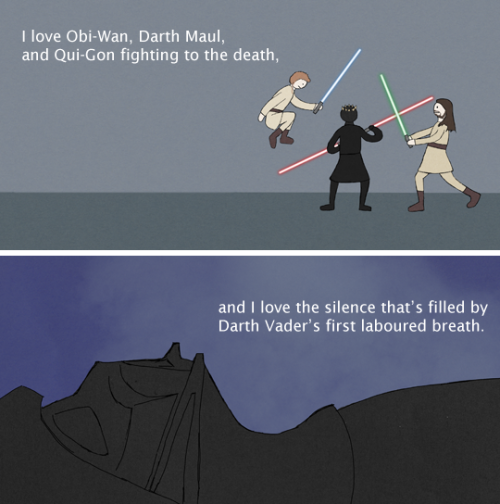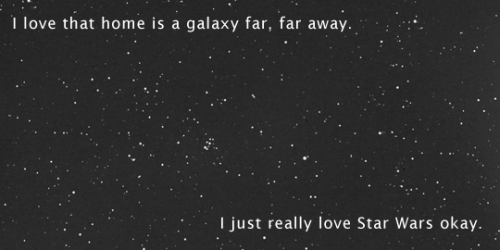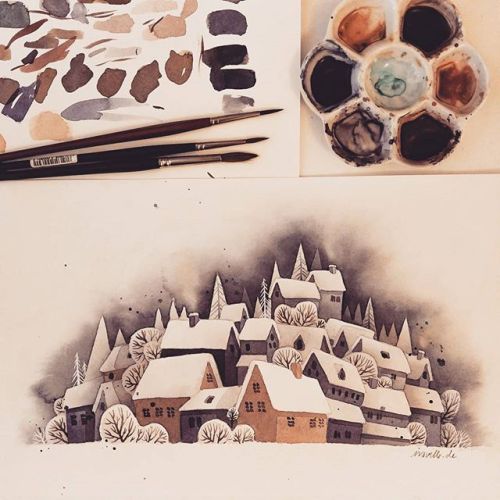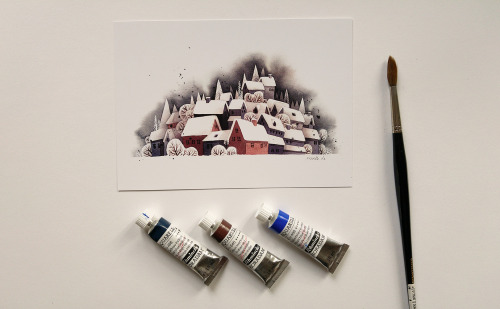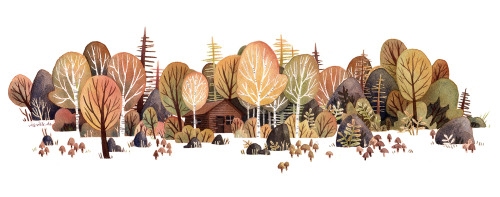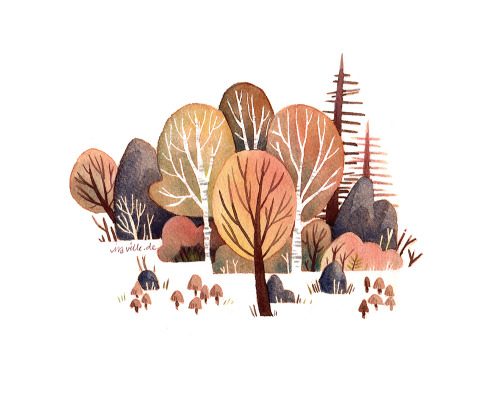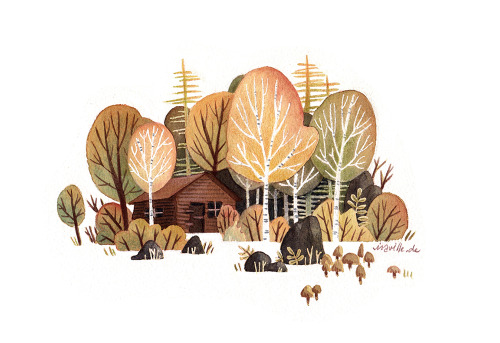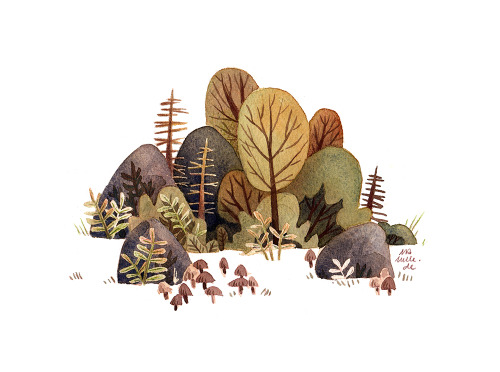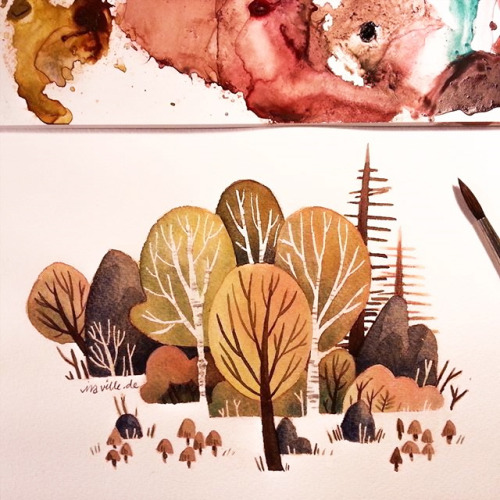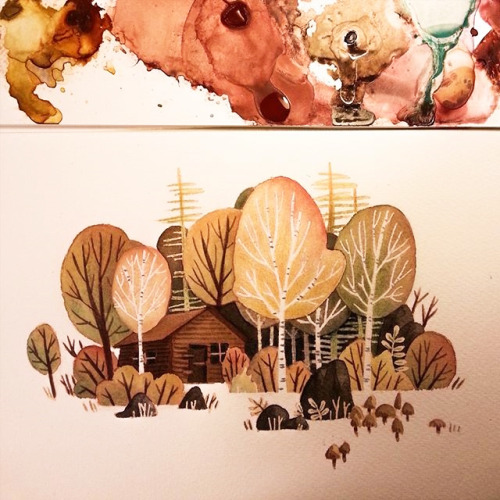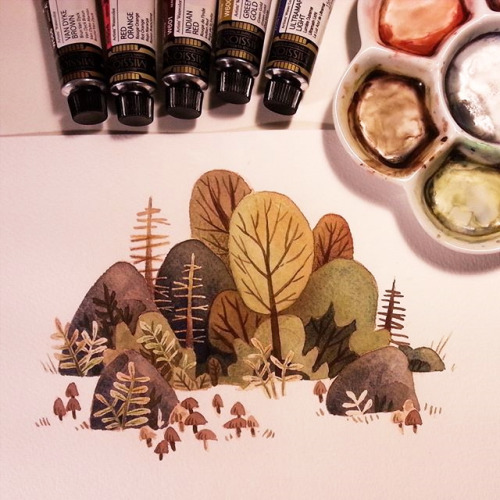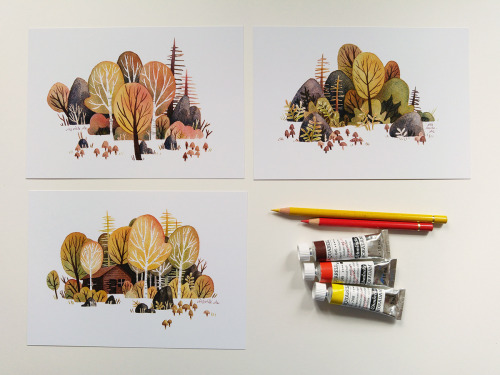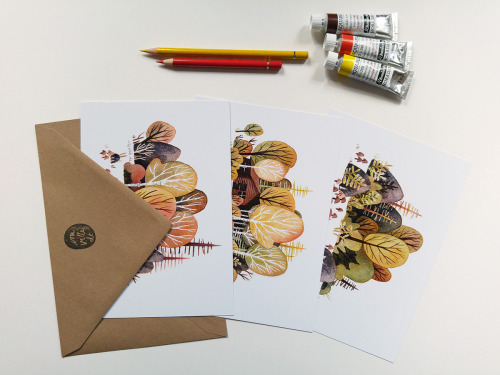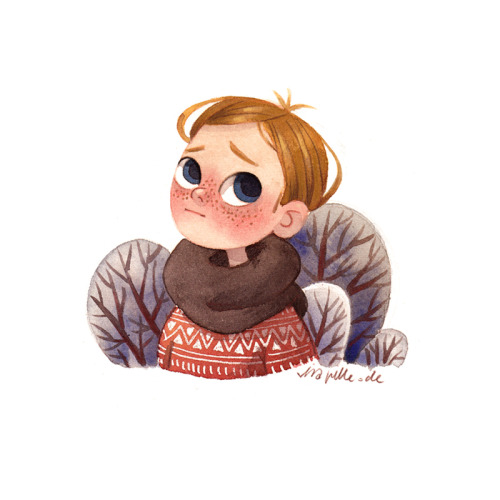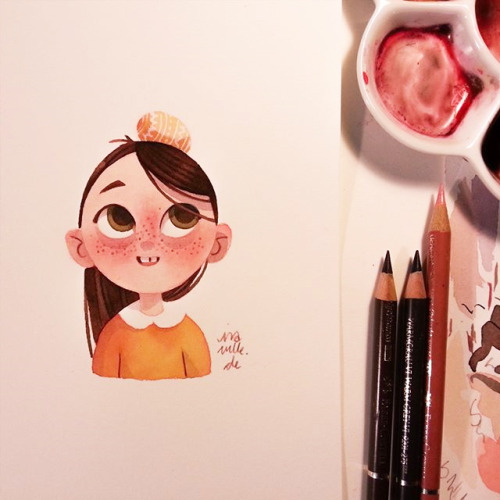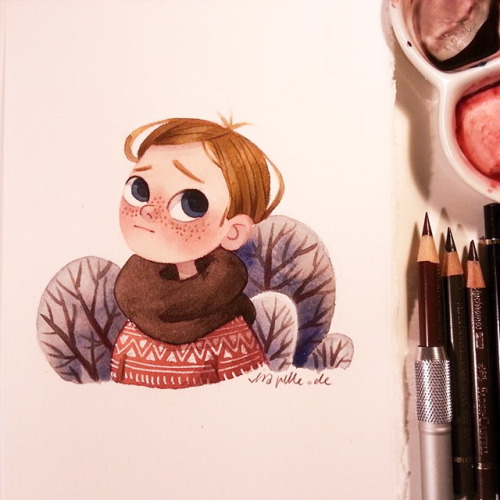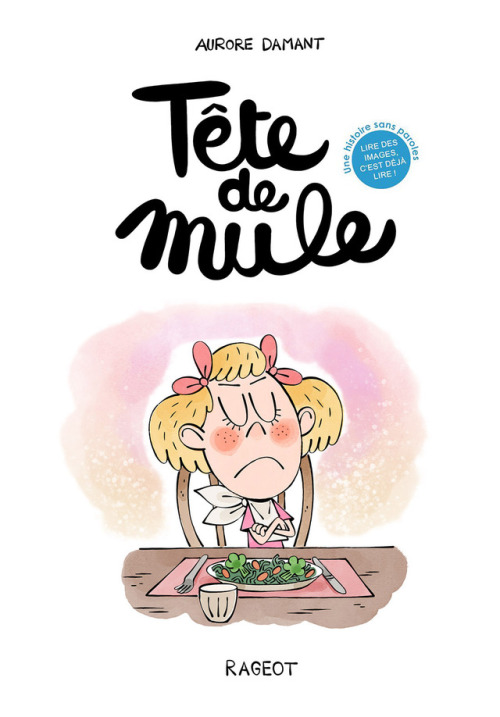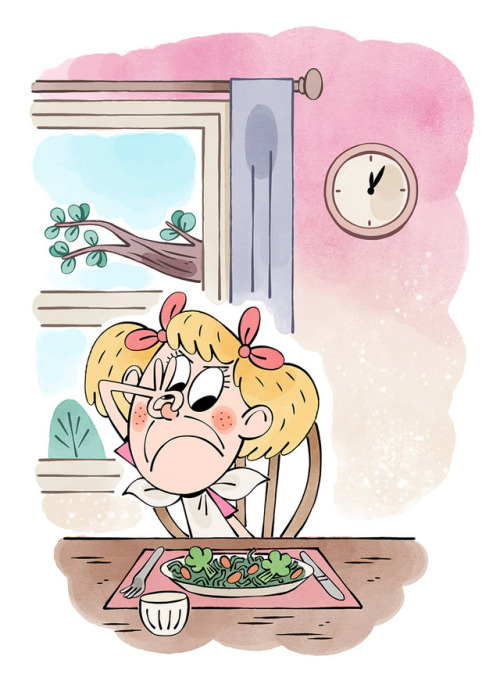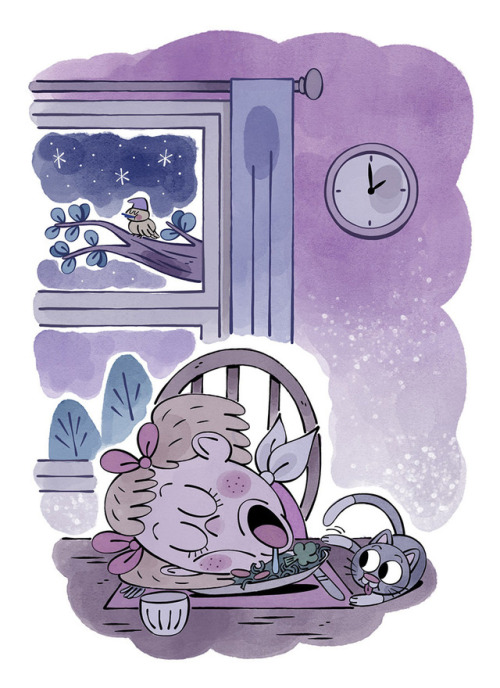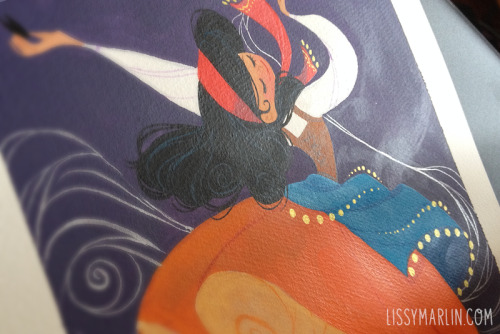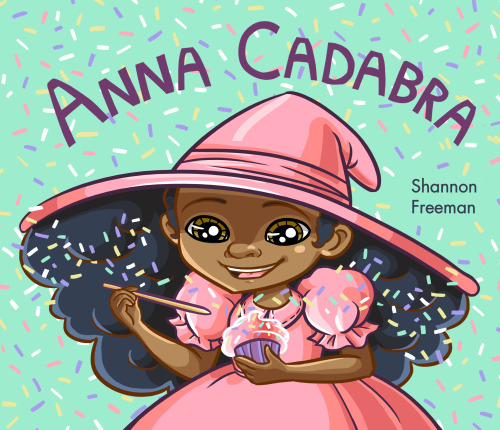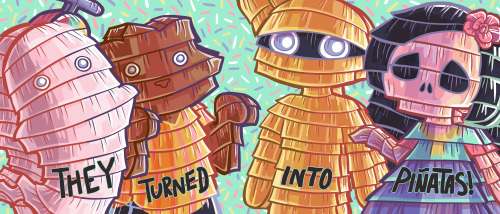#picture book
The shelter I build for my sadness will have light from the sun,
or from the moon and stars.
But the window will have curtains that my sadness can draw when it wants to.
And light, if it wants, from candles or lamps.
a Shelter for Sadness by Anne Booth and David Litchfield
Post link
By K-Fai Steele
A Normal Pig is a picture book about a pig named Pip. Pip considers herself to be a “pretty normal pig” who “does normal stuff.” But when a new pig shows up at her school and makes fun of Pip’s lunch, her identity—and sense of normalcy—is turned upside down.
A Normal Pig is somewhat autobiographical: I grew up in a town with little diversity and my parents are of different ethnicities. If physically standing out wasn’t enough, no one else had the same seemingly unpronounceable names as me and my brothers, and I have yet to meet another person who shares any of our names. There was little else I wanted as a kid than to pass as normal; I wanted a normal name, a normal house, and normal parents who had normal
well-paying jobs and drove nice normal cars. I internalized and accepted that I was not typical, a reality that was reinforced regularly by my school and my community.

One specific thing that I wanted to show Pip experiencing in A Normal Pig are microaggressions; the subtle, and often unintended ways that people who don’t fit into a community’s dominant paradigm are discriminated against. In Pip’s world she experiences microaggressions when her classmate loudly makes fun of her “weird” food, and later when her band teacher asks if her mom is her babysitter. These small comments reinforce stereotypes and have cumulative
effect; they identify someone as an outsider and tell them in many different ways that they don’t belong.
MakingA Normal Pig gave me the opportunity as an author-illustrator to directly challenge and dissect the concept of normal. I write in order to understand, and much of my process in making this picture book involved asking questions like: what is normal? Who gets to decide what normal means? Being one of the “only ones” in your community can be a deeply lonely and fraught experience; you may spend a lot of your energy coping, and you may lack the tools to challenge systems. My writing process started with reflecting on my own childhood experiences, then talking to friends and colleagues who had similar experiences and learning and reading a lot about people’s everyday experiences with discrimination, from critical race theory to short stories. The exciting thing is that I now get the opportunity to contribute back.
I think there’s a correlation between the immediacy of the themes in A Normal Pig to my drawing style and line (I used watercolor and ink). I’ve been told that my line carries boldness, humor, and sincerity. I use humor in visual and written storytelling as a tool to describe character responses to traumatic experiences, because that’s how I’ve personally processed similar experiences: they can be sad, funny, and awkward all at once.
I hope that many things about A Normal Pig resonate with readers! And specifically, I hope that readers use Pip’s story to question the very concept of the term “normal” and how that term can be used to include or exclude or split the world up into binaries that are deeply unnecessary and limited in regard to the richness of individual experience. Questioning things and getting opportunities to see the world from a different perspective can give you freedom and power, and that’s where we find Pip—and her friends—at the end of A Normal Pig: “weirdly enough, feeling pretty normal.”

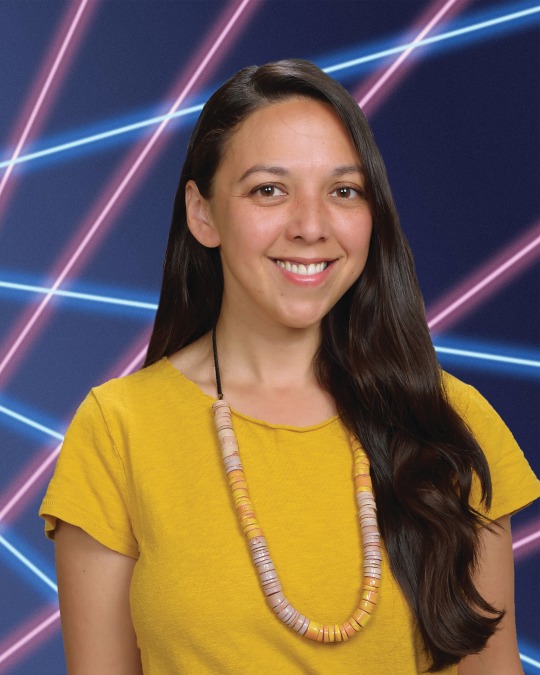
K-Fai Steele is an author-illustrator who grew up in a house built in the 1700s with a printing press her father bought from a magician. She is currently a Brown Handler Writer in Residence at the San Francisco Public Library and is the 2019 James Marshall Fellow at the University of Connecticut. A Normal Pig is her author-illustrator debut with Balzer + Bray/HarperCollins Childrens. K-Fai lives in San Francisco.
By Joowon Oh
Our Favorite Day is a book about the bond between Papa and his granddaughter.
Every morning, Papa starts his day by drinking some tea, watering his plants, and tidying up. Then he takes the bus into town to have his favorite lunch — dumplings! Papa enjoys his daily tasks, but Thursdays are his favorite, because that’s the day his granddaughter visits him. On that day, he buys some art supplies from the craft store, gets two orders of dumplings to go, and picks some flowers that he sees along the path. When his granddaughter finally arrives, they spend time together sharing dumplings, tiding up, doing arts and crafts, and flying a kite they make.
This tale of a grandfather’s love for his granddaughter was inspired by my childhood memories of my own grandfather. In the story, Papa and his granddaughter don’t live together, as I wanted their Thursdays to be particularly special, but my grandfather actually lived with my family until he passed away when I was eleven years old.

I have a lot of good memories with him, but the first thing that always comes to mind are the times we shared steamed dumplings in our dining room after school. After my grandmother passed away, my grandfather often had lunch alone at home or in the city, since my parents were at work and my siblings and I were at school. On the days he had dumplings for lunch in the city, he would bring some home for me and my siblings. When I got home from school, he would call me to our dining room and give me the dumplings to eat, sometimes wrapped in a napkin in his coat pocket. I think he did this out of habit: during the Korean War, food was very precious, and he may have saved leftovers like that then. I sometimes bit into a dumpling where a piece of napkin wasn’t peeled off properly, but I was never annoyed, because I knew that these dumplings were his love for us.
We would sit together, spending most of the late afternoons eating dumplings and talking about what I learned at school, how my exam went, what I did with my friends, and what my homework was for the next day. I loved those moments with him, not only because the dumplings were sweet, but also because I felt his love for me in the way he would look at me so endearingly while smiling tenderly. This may seem like a simple and insignificant detail in one’s childhood, but for me, it is a cherished moment that inspired me to write my very first children’s book about the special relationship between a grandparent and grandchild — and dumplings.
I started off by building Papa’s character, trying to visualize all the memories I had of my grandfather and jotting them down: wrinkles and age spots on his hands and face, gray hair, coat and knitted vest, cane, hat, shoes, slippers, pajamas, bedroom, plants, plant pots, hunched back, the way he walked, and so on. Then I set up Papa’s day, imagining what his routine would be by asking myself, What does he spend his time doing at home all alone? How does he get to the city? Where does he sit at the dumpling restaurant? Before his granddaughter comes home, what does he do to prepare for her?
In my initial story line, I wanted to show Papa’s loneliness while performing his daily routines, like when he is at home or eating alone at the restaurant, to contrast with his time with his granddaughter. However, my editor, Kate, suggested that it would be nice if I could create a community of people who care for and are interested in Papa and his life despite his living so quietly. We decided to add some dialogue with the waitress of the dumpling house and the craft shop owner to enhance the story, but also to ensure that Papa doesn’t seem like a lonely old man. I thought this was a great idea so that kids can see that their grandparents are people who can still enjoy their lives with their community and family.
The granddaughter is a sweet and creative little girl. She loves dumplings, polka dots, flowers, and drawing. She wants to make a butterfly kite instead of a traditional kite and decorates the string with the flowers that Papa picked for her. She is also a caring girl who likes to help Papa wash the dishes, thread a needle, and button his coat. Without her, the story cannot be complete. She is the reason that Papa looks forward to Thursdays.
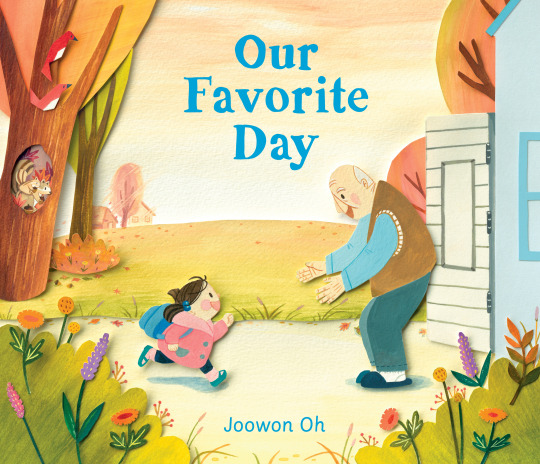
In terms of the art-making process: After I received the revised text from my editor, my designer, Lauren, sent me an empty paging dummy with only the revised text and her and the editor’s notes about the illustrations on the bottom. Since the story had changed from my initial draft, I had to ignore most of the sketches in my old dummy and start all over again. I had to make thirty-two new sketches. At first, I thought this would be challenging, but I ended up enjoying the process.
First, I worked on the overall pacing of the story and the page layout. Since I wanted Papa’s typical day to move at a more leisurely pace in the beginning of the story, I drew only a single image or two on a page. Then when it was Thursday, I drew more panels per page to show how the pace of the story quickens as Papa has a lot to do in preparation for his granddaughter. For the scene where the granddaughter arrives, I drew a full spread because I wanted readers to pause to enjoy this big moment, the moment that the whole story has been building up to.
Then I tried drawing the scenes in different perspectives. They varied depending on what emotions and moments I wanted to convey through each scene. It was almost like filming a movie, with all the different angles. I kept asking myself, What perspective would be best to make readers feel as if they are watching Papa’s routines as observers? Should it be a high angle from above or a low angle to make Papa look small and weak compared to people passing by in the city? Should I zoom in on his hand and shoes instead of showing his whole body during the quiet moment when he bends down to pick flowers? I produced a couple of different sketches for each scene before deciding on a final composition.
While I was concentrating on depicting what was said in the text, I also had fun adding what was not said to make the illustrations more rich and to engage readers to open their imaginations. For example, in Papa’s bedroom, there is a photograph of Grandma wearing a polka-dotted dress and another of her holding a flower, two things that her granddaughter also likes. There is no explanation of what happened to Grandma, and I hope kids reflect on why the illustrator included photos of her in Papa’s bedroom, and also how he may feel when looking at these photographs.
To create the images, I used watercolor, white gouache, and colored paper. First, I sketched a scene on a lightweight paper and put watercolor paper on the top of the sketch. Then I traced some images out of the scene using a light box and painted them with watercolor mixed with white gouache. I cut out each image and put rolled tape on the back of the cutouts, then put it all together on a painted background. The reason I used rolled tape instead of glue was to create shadows underneath the cutouts and to make my artwork look more three-dimensional and tangible. It was a time-consuming process, but without it, I wouldn’t have been able to create the unique look.
Childhood doesn’t last forever, and the moments that kids can share with their grandparents are limited. Last week, I visited North Carolina to see my sister’s family, and my parents also came from Korea. My niece is almost two years old, and my nephew is five months old. I’m sure you can imagine how adoringly my parents look at their grandchildren. As I was watching my father play with his granddaughter, my giggling niece reminded me of myself and my father’s playful expression reminded me of my grandfather. I knew a grandchild could be the only one to bring out these emotions in my father. We all have childhood memories that will stick with us for the rest of our lives. They create who we are, shape our lives, help us find our purpose, and teach values. Even though my grandfather is no longer here and the dumpling restaurant no longer exists, the love and the warm memories that I was able to create with him have lasted. And as these memories have inspired me to write this book, I hope kids today will have great times with their grandparents, cherish every moment, and give the warmth they feel back to the world in their own ways.


Joowon Oh is originally from South Korea. She earned a BFA in illustration and an MFA in illustration as visual essay from the School of Visual Arts in New York. She works primarily in watercolor with a little bit of gouache and paper collage. Our Favorite Day is her picture book debut. She lives in New York City.
I uploaded the Progress Video of this Illustration on my YT channel
https://www.youtube.com/watch?v=_JffgGmzoUk
you can buy a print of this illustration in my etsy store:
Post link
header and making of the header of my new twitter account
EDIT:
Print set of my birch tree forest in my etsy store:
https://www.etsy.com/de/listing/468413159/birkenwald-set-3-verschiedene-din-a5?ref=shop_home_feat_1
Post link
Hey! The first book release party for Sam! is coming. On Tuesday September 17th in El Cerrito California (North of Berkeley/Oakland) me and author Dani Gabriel will be sharing this incredible story with you. Please bring your children, family, and book lover friends to hang. I look forward to seeing you.
For more info about the book please visit Penny Candy Books
Here is the link for the Bk Release Location
Post link
Gypsy Girl
8" x 8" Acrylic Painting
Inspired by my travels around Spain and my love for Carmen (the opera by Bizet) <3
More about it on the IndieGogo page!
https://www.indiegogo.com/projects/en-voyage-an-illustrated-journey/x/7826996
Only 1 out of the 5 small paintings I’m doing for my book are left!
Free sticker set with every contribution on perks of $25 or more!
Thank you and don’t forget to spread the word! :D
Post link
Exciting news! I just finished my very first children’s book (which is also my senior thesis)! You can look at the first half of the book here on Blurb, where it’s also available for purchase. Also, use this link to save $20 off your first book if you’re similarly art-savvy and want to make one yourself!
Post link

